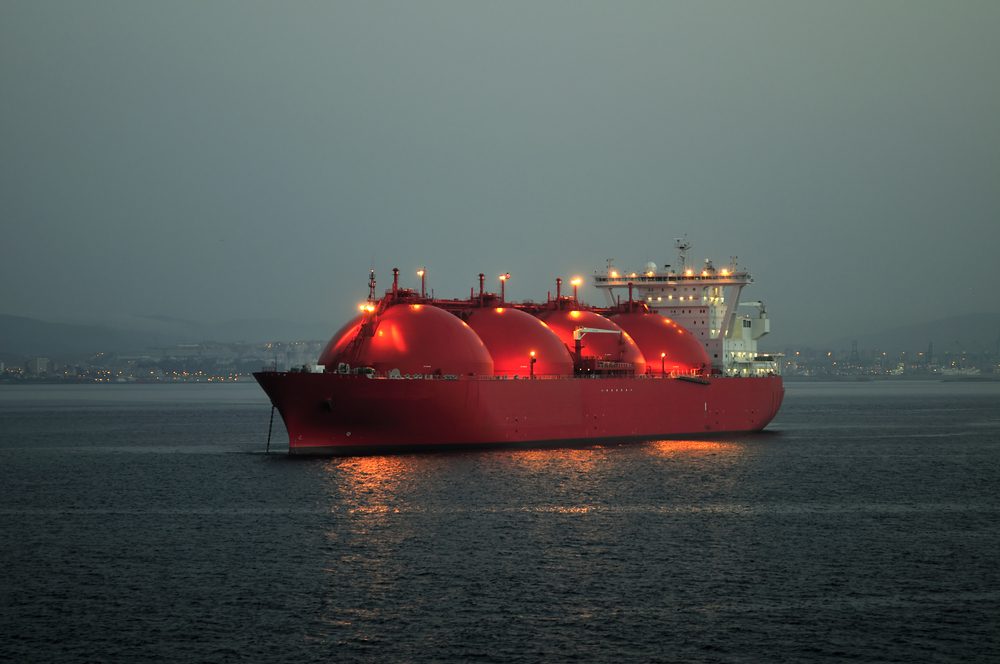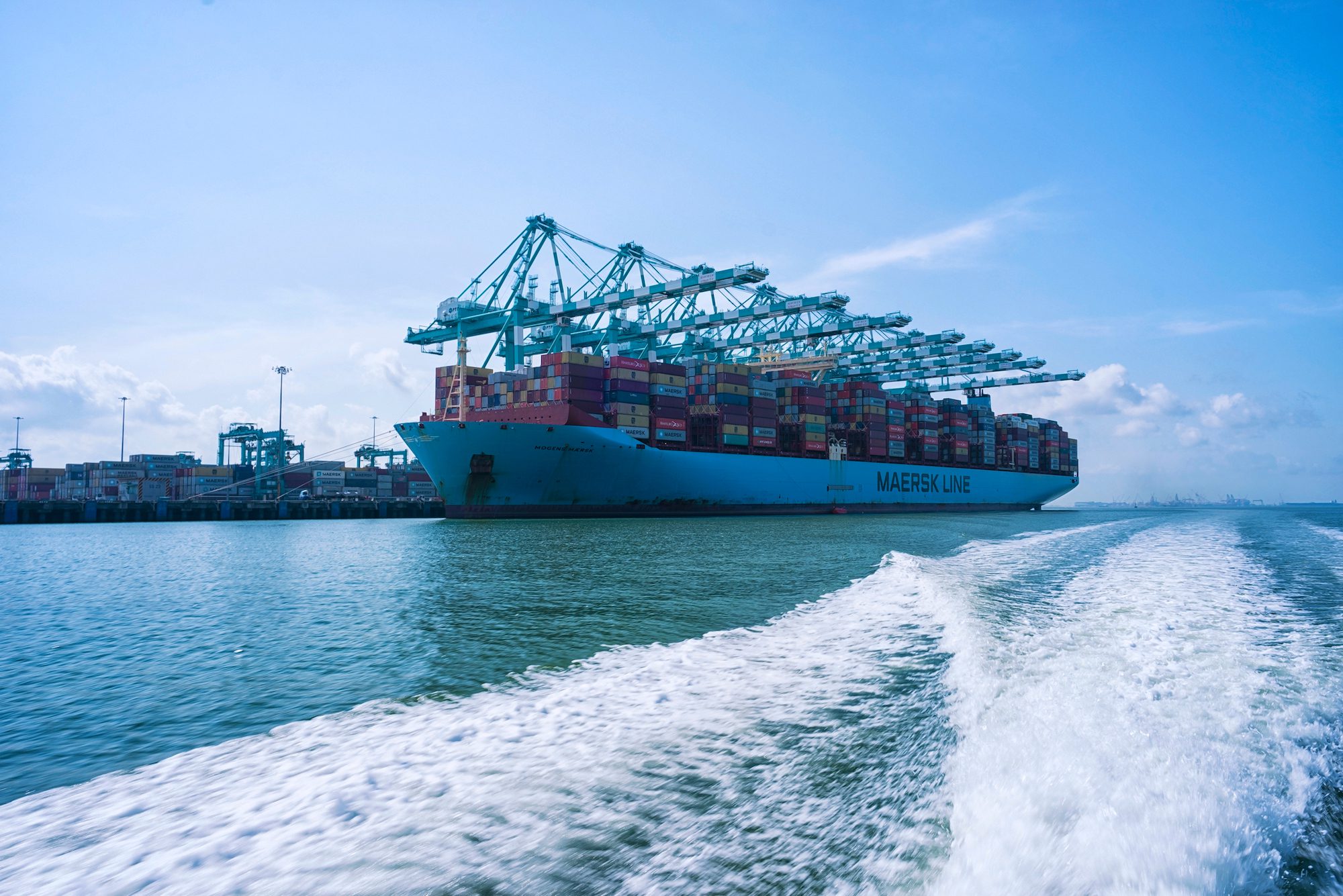Ship emissions file photo via ABS
June 4 (Bloomberg) — Shipping faces $500 billion in extra costs to meet environmental legislation at a time when a rout in rates has become so severe that some owners are struggling to maintain vessel safety.
The industry will need $50 billion a year between 2015 and 2025 to meet sulfur-emission rules and other regulations, Masamichi Morooka, chairman of the International Chamber of Shipping, representing most of the world’s ship operators, said at a conference in Oslo today. Some shipping companies already aren’t earning enough to maintain their fleets, said Andreas Sohmen-Pao, chief executive officer of BW Group Ltd., a Singapore-based owner.
Owners are contending with the biggest fleet surplus since the early 1980s while rates across the industry were the lowest in at least 22 years in 2012, according to Clarkson Plc, the world’s largest shipbroker. Oil tankers and vessels hauling iron ore aren’t making enough to cover running costs including crew and repairs, data compiled by Bloomberg show.
“As many companies struggle to survive during the difficult years ahead, we must persuade governments to avoid placing more straws that risk breaking the ship owner’s back,” Morooka said. “Many of the expensive environmental regulations that are about to enter into force were conceived in a different world, at a time when shipping markets were booming.”
A global 0.5 percent cap on sulfur emissions is planned for 2020, in addition to a 0.1 percent limit in parts of Europe and North America, Morooka said. Rules governing ballast water, which is used to stabilize ships when they don’t have cargoes, will also add to owners’ costs, according to an e-mailed statement accompanying his speech.
Worst Losses
Owners of oil tankers may struggle to retain crews and maintain ships after losing $27 billion since 2009, the most in in four decades, the International Association of Independent Tanker Owners, or Intertanko, said last month.
Rates for very large crude carriers, the biggest oil- transporting ships, averaged $4,207 a day this year, according to Clarkson. They need more than double that to cover running costs, according to Moore Stephens LLP, a London-based accountant.
Rates for Capesizes hauling 160,000 metric tons of iron ore and coal averaged $5,607 a day this year, according to the Baltic Exchange, the London-based publisher of shipping costs. They require $7,758 to meet their daily operating expenses, according to Moore Stephens.
The total capacity of the VLCC fleet expanded by 63 percent since 2005 and more than doubled for Capesizes, according to data compiled by Bloomberg from IHS Fairplay, a Redhill, England-based maritime research company.
“Another problem with overcapacity is that it forces people to cut corners,” Sohmen-Pao said. “We’ve seen this time and again.”
– Isaac Arnsdorf, Copyright 2013 Bloomberg.

 Join The Club
Join The Club











